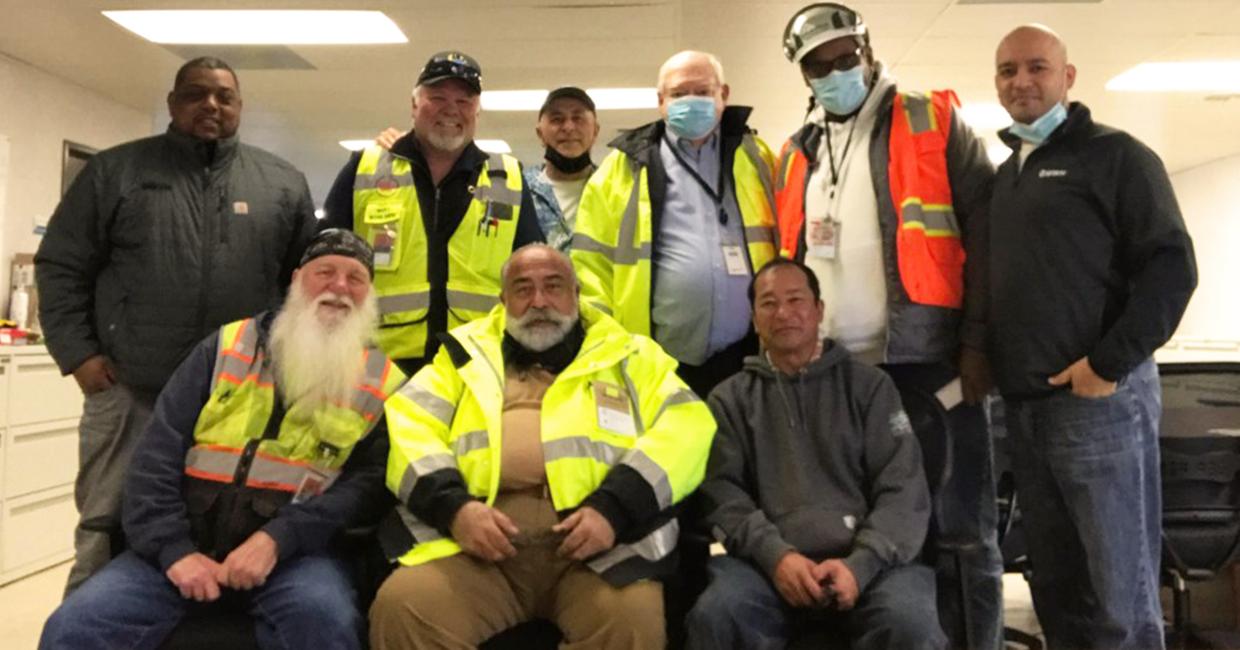Safety is the top priority at the SFPUC. And, with construction underway at the Southeast Treatment Plant (SEP) on several massive projects totaling over $3 billion — including the new Headworks and Biosolids Digester Facilities Projects — safety is crucial.
As construction for multiple overlapping projects at the SEP continues, crews recently completed 1,231,420 safety hours with no time lost due to injury. While this is a major achievement, it is even more impressive at the SEP due to the challenge to maintain plant operations and coordinate active construction projects, all while continuing to process 80% of the City’s wastewater.
“The secret to our success,” said Parsons Safety Manager Ernie Schulze, “is communication.” Schulze and his team of safety experts stay on top of this massive undertaking. “We all meet once a month for a Site Safety Representative Forum,” said Schulze. He created these forums to facilitate communication and build relationships across different projects. “We spot issues early and resolve them. Also, when you need to speak with someone working on a different project or for a different company, it’s easier to pick up the phone when you know them well.”
Schulze holds a master’s degree and has more than 40 years of experience in occupational, health, and environmental safety. He focuses on minimizing safety risks on site, which includes fall protection, gas detection, training, permitting, daily safety walks and advisements, and much more. “Whatever we have to do to minimize risk – that’s what I’m doing all day, every day,” said Schulze.
Schulze began working at the SEP projects in 2018 and helps the contractors meet Division of Occupational Safety and Health (DOSH) requirements, also known as California Occupational Safety and Health Administration (Cal/OSHA). Job hazard analysis and guaranteeing safe job site access are major components of ensuring that our worksites are safe working environments for SFPUC staff, contractors and subcontractors performing essential work, especially in confined spaces.
“My job is to make sure that the people who go in there come out,” explains Schulze. “It’s working well here at the SEP and for the entire Sewer System Improvement Program, and we’ll continue to protect our people so they can continue to protect our community and our environment.”


